
1. Hello, the optical fiber grating sensor uses the wavelength displacement of the optical wave caused by the deformation of the optical fiber grating to measure the stress strain temperature, etc. The optical fiber sensor uses the modulation of light waves by the external environment to cause parameter changes, such as light strength, wavelength, frequency, phase, etc. The optical fiber grating sensor should be light One of the fiber sensors.
2. Distributed optical fiber wiring is a kind of using optical fiber as a transmission medium to divide the optical fiber wiring system into multiple distributed subsystems. Each subsystem contains multiple optical fiber junction boxes and wiring racks, so as to realize communication between multiple users.
3. Principle of distributed optical fiber sensing technology. Optical fiber sensing technology realizes the measurement of environmental parameters by measuring changes in certain parameters (such as intensity, phase, frequency, polarization state, etc.) of transmitted light in optical fiber.
4. Optical fiber distributed data interface is a local area network technology developed in the mid-1980s. It provides high-speed data communication capabilities higher than that of Ethernet (10Mbps) and token networks (4 or 16Mbps) at that time.
5. The sensitivity of solid core optical fiber is extremely low, and the liquid core optical fiber is unrealistic and the received signal is related to the mode structure.
6. Distributed optical fiber temperature strain monitoring principle Distributed optical fiber temperature strain monitoring technology is based on the optical fiber sensing principle and uses optical fiber as a sensor to measure temperature and strain.

The basic principle is to send the light from the light source through the incident optical fiber to the modulation area. The light interacts with the external measured parameters in the modulation area, so that the optical properties of the light (such as intensity, wavelength, frequency, phase, partial normality, etc.) change and become the modulated signal light, and then send it into the light detection through the output optical fiber. The measured parameters are obtained by the device and the demodulator.
Distributed optical fiber is a sensing system that uses optical fiber as a sensing-sensitive component and transmission signal medium.
SR-G optical fiber temperature sensor has unique technical advantages in temperature measurement in special environments such as high voltage and strong electromagnetic interference. Among them, the temperature hotspot of the fluorescent optical fiber temperature sensor used by the transmitter is not electrically connected to the receiving part of the measurement signal, which can work with high precision and high stability for a long time, which greatly improves its application scope.
Their working principle is to use the characteristics of optical fibers to transmit information. Optical fiber sensors can measure various physical quantities, such as temperature, pressure, tensile force, strain, etc. The basic structure of optical fiber sensors includes light sources, optical fibers and detectors. The light emitted by the light source is introduced into the optical fiber and then reflected into the detector.
[Abstract] BOTDR is a new type of distributed optical fiber sensing monitoring technology. Its distributed, high-precision, long-distance, real-time, remote control and other characteristics have gradually attracted wide attention from the engineering community. Since the monitoring is distributed, the data obtained has an important correlation with the geographical location.
The literal meaning of distributed is to be distributed everywhere. In optical fiber temperature measurement, it means that each point of the optical fiber is a temperature measurement point. In principle, the optical fiber is different All points will produce a scattering effect. As long as the sampling is fast enough, the temperature measurement of any point of the optical fiber can be fully realized.
Distributed optical fiber is a sensing system that uses optical fiber as a sensing-sensitive component and transmission signal medium.
A distributed system is a software system built on the network. Process the assistance task, and then integrate the results. In a distributed system, a group of independent computers present a unified whole to the user, just like a system.
1. Yes. Distributed optical fiber sensor technology is widely used in the military industry field, which can be used for real-time monitoring and control of military equipment, protection of important facilities and border security.
2. Industrial field: In the process of industrial production, distributed optical fiber temperature strain monitoring can help monitor the working status of the equipment in real time, predict the failure risk of the equipment, and take corresponding maintenance measures in time. In addition, it can also be used for feedback control and optimization of production process to improve production efficiency and quality.
3. The composition of the system, in short, is to glue the optical fiber to the measuring tube with special glue that has been verified by indoor and outdoor tests and engineering practice according to a certain construction process to form a sensing system, which we call the distributed optical fiber sensing intelligent inclined measuring tube. The sensor has all the advantages of distributed optical fiber sensors and can carry out quasi-real-time monitoring.
4. Optical fiber sensors take optical fiber as the sensing unit, which is passive, anti-interference, corrosion-resistant and long service life. It is suitable for some special occasions, such as petroleum and petrochemicals and other explosion-proof fields.
5. In the power system, it is necessary to determine temperature, current and other parameters, such as the temperature detection of high-voltage transformers and large motors, the temperature detection in the rotor, etc. Because electrical sensors are susceptible to the interference of electromagnetic fields, they cannot be used in such occasions, and only optical fiber sensors can be used.
6. In the power system, it is necessary to determine the temperature, current and other parameters, such as the detection of the temperature in the stator and rotor of high-voltage transformers and large motors. Because electrical sensors are susceptible to the interference of electromagnetic fields, they cannot be used in such occasions, and only optical fiber sensors can be used.
Global trade data integration services-APP, download it now, new users will receive a novice gift pack.
1. Hello, the optical fiber grating sensor uses the wavelength displacement of the optical wave caused by the deformation of the optical fiber grating to measure the stress strain temperature, etc. The optical fiber sensor uses the modulation of light waves by the external environment to cause parameter changes, such as light strength, wavelength, frequency, phase, etc. The optical fiber grating sensor should be light One of the fiber sensors.
2. Distributed optical fiber wiring is a kind of using optical fiber as a transmission medium to divide the optical fiber wiring system into multiple distributed subsystems. Each subsystem contains multiple optical fiber junction boxes and wiring racks, so as to realize communication between multiple users.
3. Principle of distributed optical fiber sensing technology. Optical fiber sensing technology realizes the measurement of environmental parameters by measuring changes in certain parameters (such as intensity, phase, frequency, polarization state, etc.) of transmitted light in optical fiber.
4. Optical fiber distributed data interface is a local area network technology developed in the mid-1980s. It provides high-speed data communication capabilities higher than that of Ethernet (10Mbps) and token networks (4 or 16Mbps) at that time.
5. The sensitivity of solid core optical fiber is extremely low, and the liquid core optical fiber is unrealistic and the received signal is related to the mode structure.
6. Distributed optical fiber temperature strain monitoring principle Distributed optical fiber temperature strain monitoring technology is based on the optical fiber sensing principle and uses optical fiber as a sensor to measure temperature and strain.

The basic principle is to send the light from the light source through the incident optical fiber to the modulation area. The light interacts with the external measured parameters in the modulation area, so that the optical properties of the light (such as intensity, wavelength, frequency, phase, partial normality, etc.) change and become the modulated signal light, and then send it into the light detection through the output optical fiber. The measured parameters are obtained by the device and the demodulator.
Distributed optical fiber is a sensing system that uses optical fiber as a sensing-sensitive component and transmission signal medium.
SR-G optical fiber temperature sensor has unique technical advantages in temperature measurement in special environments such as high voltage and strong electromagnetic interference. Among them, the temperature hotspot of the fluorescent optical fiber temperature sensor used by the transmitter is not electrically connected to the receiving part of the measurement signal, which can work with high precision and high stability for a long time, which greatly improves its application scope.
Their working principle is to use the characteristics of optical fibers to transmit information. Optical fiber sensors can measure various physical quantities, such as temperature, pressure, tensile force, strain, etc. The basic structure of optical fiber sensors includes light sources, optical fibers and detectors. The light emitted by the light source is introduced into the optical fiber and then reflected into the detector.
[Abstract] BOTDR is a new type of distributed optical fiber sensing monitoring technology. Its distributed, high-precision, long-distance, real-time, remote control and other characteristics have gradually attracted wide attention from the engineering community. Since the monitoring is distributed, the data obtained has an important correlation with the geographical location.
The literal meaning of distributed is to be distributed everywhere. In optical fiber temperature measurement, it means that each point of the optical fiber is a temperature measurement point. In principle, the optical fiber is different All points will produce a scattering effect. As long as the sampling is fast enough, the temperature measurement of any point of the optical fiber can be fully realized.
Distributed optical fiber is a sensing system that uses optical fiber as a sensing-sensitive component and transmission signal medium.
A distributed system is a software system built on the network. Process the assistance task, and then integrate the results. In a distributed system, a group of independent computers present a unified whole to the user, just like a system.
1. Yes. Distributed optical fiber sensor technology is widely used in the military industry field, which can be used for real-time monitoring and control of military equipment, protection of important facilities and border security.
2. Industrial field: In the process of industrial production, distributed optical fiber temperature strain monitoring can help monitor the working status of the equipment in real time, predict the failure risk of the equipment, and take corresponding maintenance measures in time. In addition, it can also be used for feedback control and optimization of production process to improve production efficiency and quality.
3. The composition of the system, in short, is to glue the optical fiber to the measuring tube with special glue that has been verified by indoor and outdoor tests and engineering practice according to a certain construction process to form a sensing system, which we call the distributed optical fiber sensing intelligent inclined measuring tube. The sensor has all the advantages of distributed optical fiber sensors and can carry out quasi-real-time monitoring.
4. Optical fiber sensors take optical fiber as the sensing unit, which is passive, anti-interference, corrosion-resistant and long service life. It is suitable for some special occasions, such as petroleum and petrochemicals and other explosion-proof fields.
5. In the power system, it is necessary to determine temperature, current and other parameters, such as the temperature detection of high-voltage transformers and large motors, the temperature detection in the rotor, etc. Because electrical sensors are susceptible to the interference of electromagnetic fields, they cannot be used in such occasions, and only optical fiber sensors can be used.
6. In the power system, it is necessary to determine the temperature, current and other parameters, such as the detection of the temperature in the stator and rotor of high-voltage transformers and large motors. Because electrical sensors are susceptible to the interference of electromagnetic fields, they cannot be used in such occasions, and only optical fiber sensors can be used.
Comparative HS code duty analysis
author: 2024-12-24 03:25Regional value content by HS code
author: 2024-12-24 03:18Predictive trade route realignment
author: 2024-12-24 03:00US-China trade data comparisons
author: 2024-12-24 02:38HS code-driven customs risk scoring
author: 2024-12-24 01:08HS code-based opportunity in emerging economies
author: 2024-12-24 02:11Supply chain sustainability metrics
author: 2024-12-24 01:14Real-time delivery time predictions
author: 2024-12-24 01:10 HS code intelligence in freight auditing
HS code intelligence in freight auditing
629.22MB
Check Enhanced shipment documentation verification
Enhanced shipment documentation verification
231.39MB
Check Pharma supply chain HS code checks
Pharma supply chain HS code checks
868.39MB
Check Predictive models for trade demand
Predictive models for trade demand
721.47MB
Check HS code-driven market entry strategy
HS code-driven market entry strategy
896.53MB
Check Livestock products HS code classification
Livestock products HS code classification
134.46MB
Check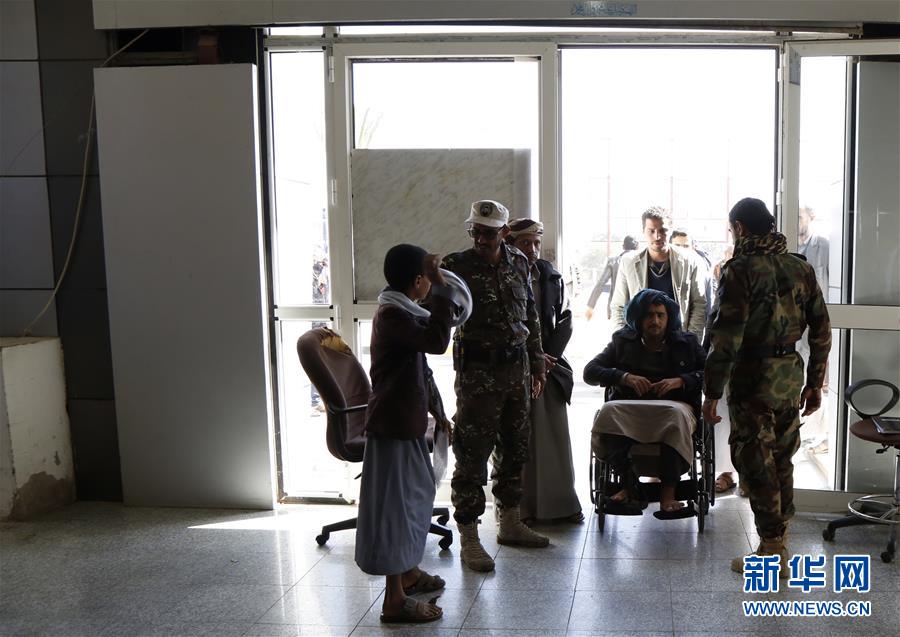 HS code-based scenario planning for exports
HS code-based scenario planning for exports
424.48MB
Check China HS code interpretation guide
China HS code interpretation guide
239.68MB
Check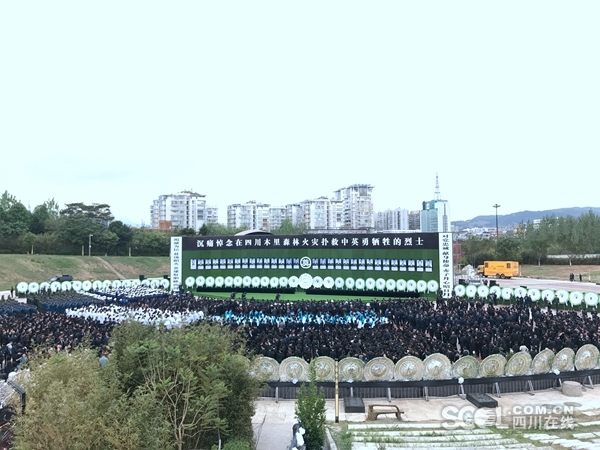 North American HS code tariff structures
North American HS code tariff structures
531.39MB
Check Drilling equipment HS code mapping
Drilling equipment HS code mapping
664.35MB
Check Global trade certificate verification
Global trade certificate verification
244.41MB
Check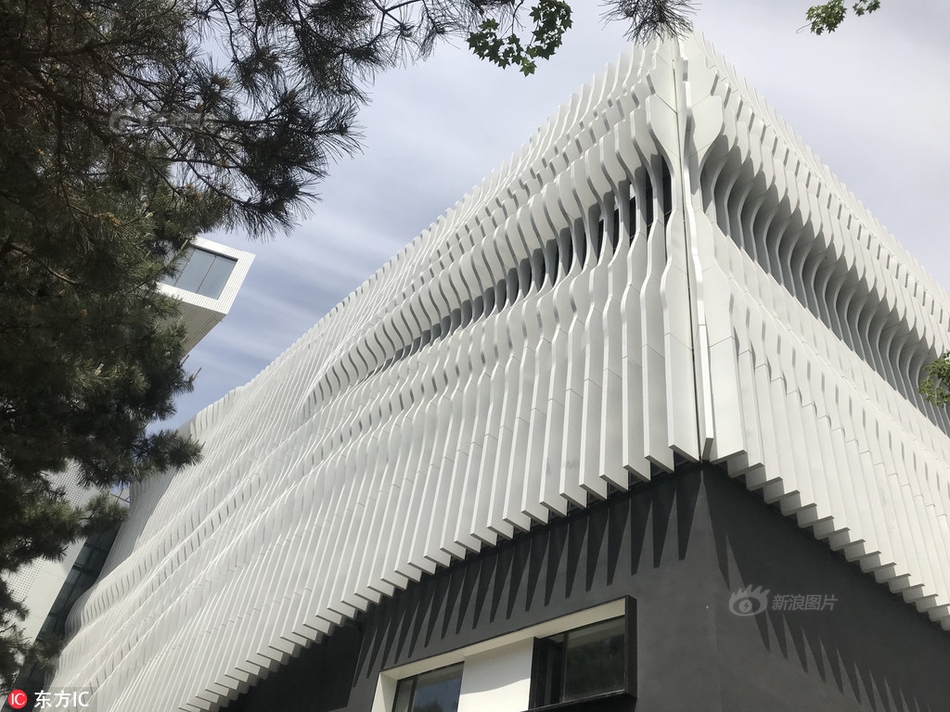 Real-time customs data reports
Real-time customs data reports
732.14MB
Check Global trade disruption analysis
Global trade disruption analysis
924.84MB
Check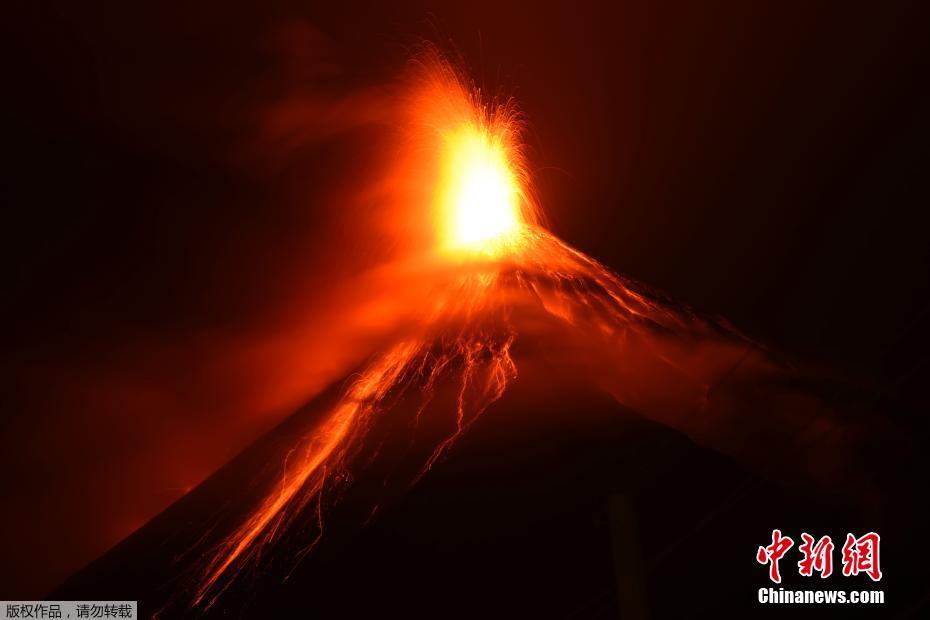 European Union trade analytics
European Union trade analytics
624.76MB
Check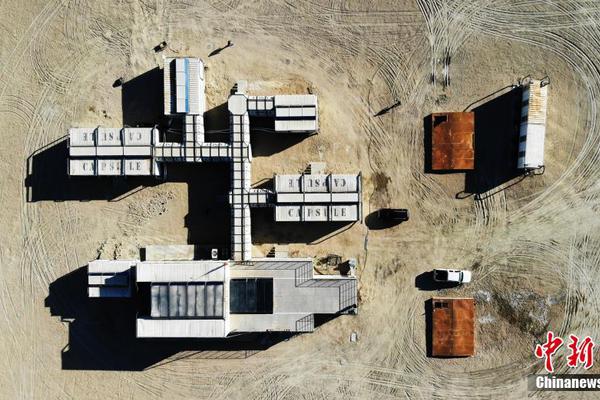 Customs compliance scorecards
Customs compliance scorecards
267.26MB
Check Top trade data plugins for analytics
Top trade data plugins for analytics
496.55MB
Check HS code electrical machinery data
HS code electrical machinery data
222.28MB
Check How to analyze trade seasonality
How to analyze trade seasonality
512.54MB
Check Trade data-driven contract negotiations
Trade data-driven contract negotiations
782.34MB
Check global market access
global market access
361.57MB
Check Trade data for energy sector
Trade data for energy sector
317.34MB
Check How to find HS code data for specific countries
How to find HS code data for specific countries
574.97MB
Check Insightful trade route analysis
Insightful trade route analysis
217.13MB
Check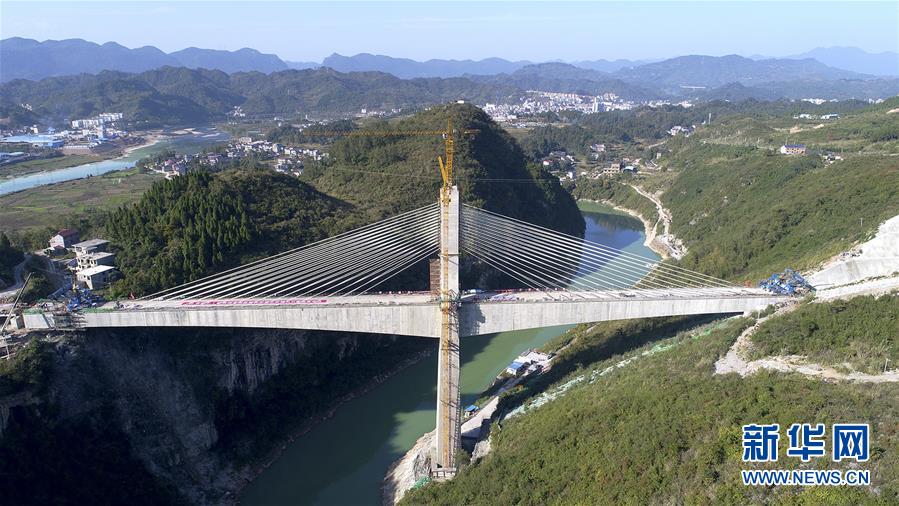 Agricultural machinery HS code lookups
Agricultural machinery HS code lookups
544.41MB
Check How to find reliable importers and exporters
How to find reliable importers and exporters
639.22MB
Check Trade data-based price benchmarks
Trade data-based price benchmarks
913.67MB
Check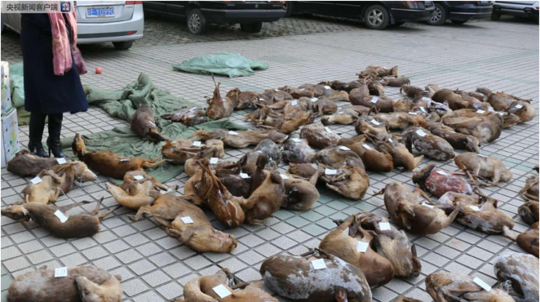 HS code adaptation for local regulations
HS code adaptation for local regulations
612.48MB
Check How to reduce documentation errors
How to reduce documentation errors
855.36MB
Check HS code-driven logistics partner selection
HS code-driven logistics partner selection
743.85MB
Check International trade event forecasts
International trade event forecasts
777.35MB
Check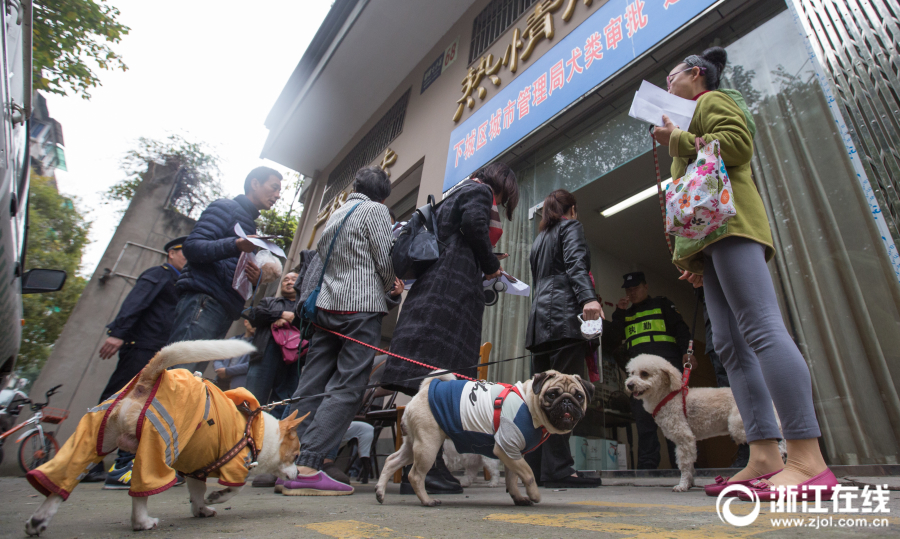 Trade intelligence for emerging markets
Trade intelligence for emerging markets
643.68MB
Check Special economic zones HS code strategies
Special economic zones HS code strategies
739.36MB
Check Trade analytics for risk mitigation
Trade analytics for risk mitigation
299.95MB
Check How to track competitor import export data
How to track competitor import export data
558.89MB
Check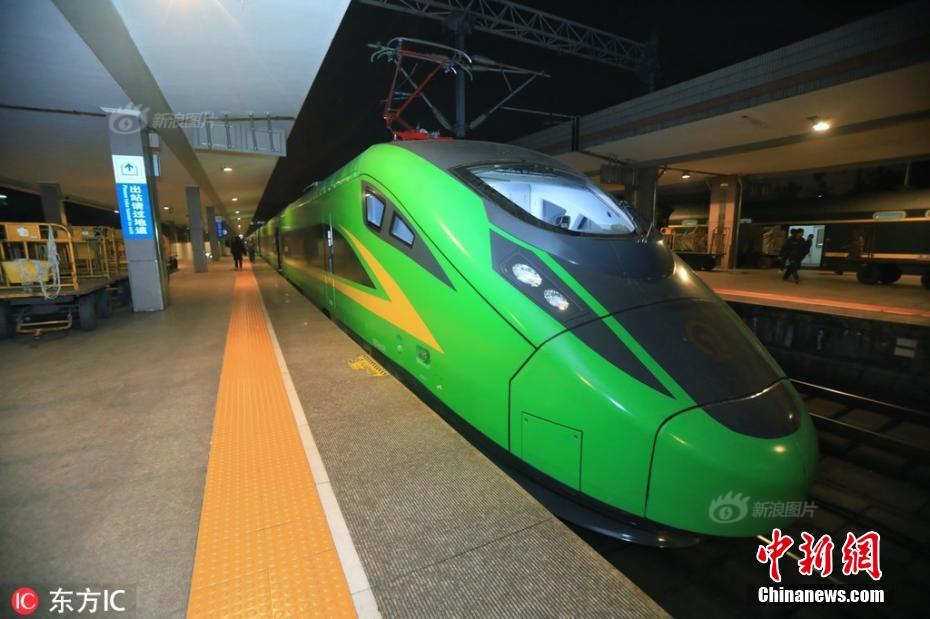 Textile supply chain HS code mapping
Textile supply chain HS code mapping
374.15MB
Check International trade law reference data
International trade law reference data
977.19MB
Check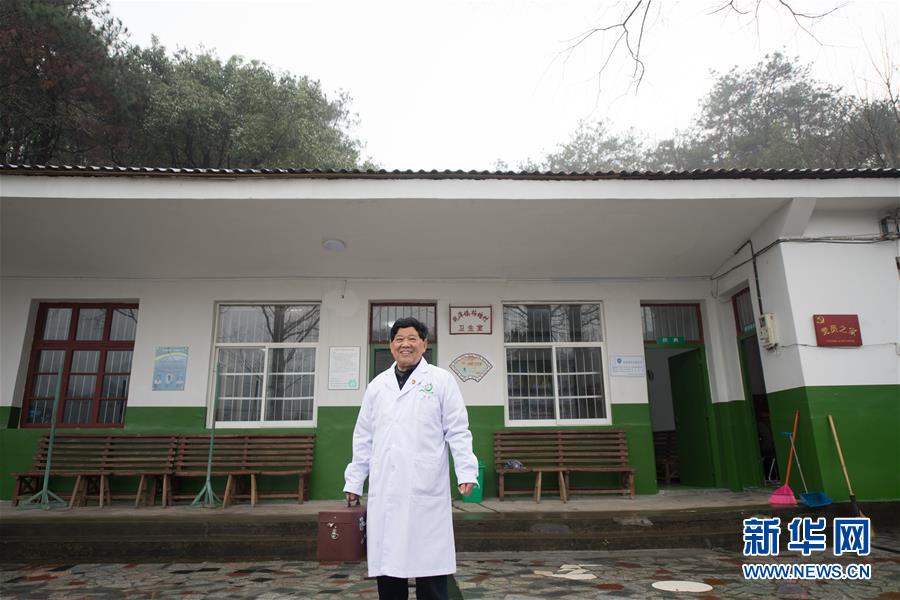
Scan to install
Global trade data integration services to discover more
Netizen comments More
2398 HS code compliance for hazardous materials
2024-12-24 03:09 recommend
1087 Global trade compliance scorecards
2024-12-24 02:33 recommend
2389 How to track global shipments
2024-12-24 02:30 recommend
2150 How to find HS code data for specific countries
2024-12-24 02:19 recommend
1084 How to integrate trade data with RPA
2024-12-24 01:08 recommend